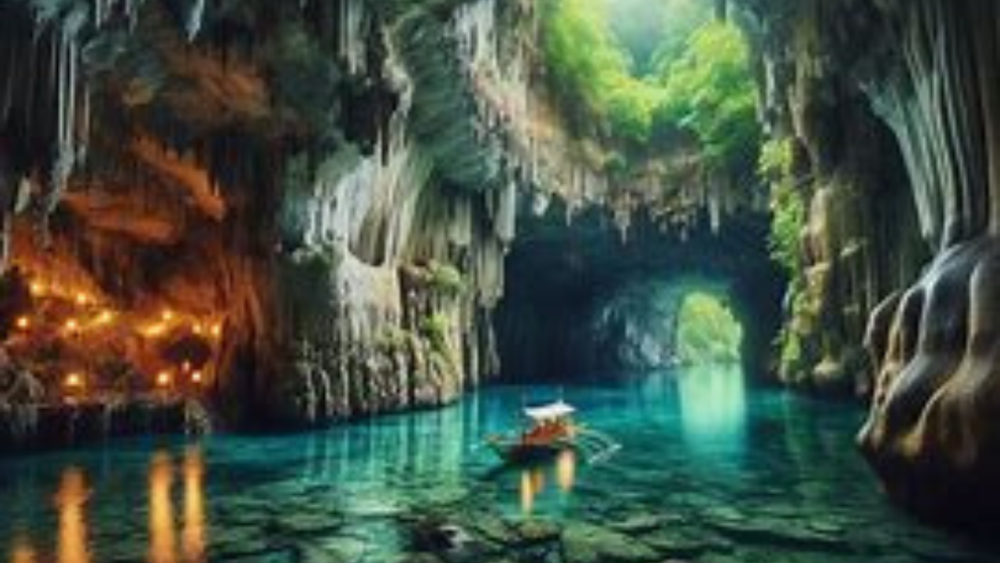

Amidst the lush landscapes of Puerto Princesa, the capital of Palawan province in the Philippines, lies one of the world's natural wonders, the Puerto Princesa Subterranean River National Park, commonly known as Puerto Princesa Underground River or PPUR. This majestic site has captivated travelers with its unique ecosystem and breathtaking karst limestone topography.
Historically, the area where the Puerto Princesa Underground River is located was a remote and virtually inaccessible region. However, the latter part of the 20th century saw a surge in environmental awareness and a growing interest in ecotourism, which placed PPUR on the map for adventurers and nature enthusiasts.
In the 1990s, the river and its surrounding areas started gaining more attention. Efforts were put in place to protect and promote the national park without compromising its delicate ecological balance. By 1999, the site was established as a UNESCO World Heritage Site due to its significant natural habitat for biodiversity conservation.
The biggest boost in tourism came in 2011, when the PPUR was provisionally chosen as one of the New7Wonders of Nature. This recognition propelled the destination into the global spotlight and has since become a must-visit for tourists in the Philippines.
To visit the Underground River, tourists need to secure a permit due to the limited number of visitors allowed each day to protect the area and preserve its natural state. Once equipped with a permit, visitors embark on a short boat ride from the town of Sabang to the entrance of the park, followed by an awe-inspiring paddle boat tour into the caverns, marveling at the intricate rock formations and the diverse wildlife that inhabits the area.
Conservation has been a key factor in the success and sustainability of tourism in Puerto Princesa Underground River. The site operates under strict ecological guidelines to ensure the safety of both the environment and the visitors. These measures have helped to maintain the pristine condition of the river and its surroundings.
In recent years, sustainable tourism has become a top priority for the national park, with a focus on reducing the human impact on the environment. Tour operators are encouraged to practice responsible tourism by adhering to conservation laws and educating visitors on the importance of protecting this natural treasure.
Moreover, community-based tourism initiatives have been developed that involve local communities in the tourism industry. This trend aims to provide economic benefits to the residents while fostering a closer relationship between tourists and hosts.Adopting digital advancements has also improved visitor experiences. Online booking systems for permits have streamlined the process and made it more accessible for travelers from around the world to plan their visits ahead of time.
With its mesmerizing natural beauty and sustainable tourism practices, Puerto Princesa Underground River continues to enchant visitors and stands as a testament to the harmonious coexistence of humankind and nature.